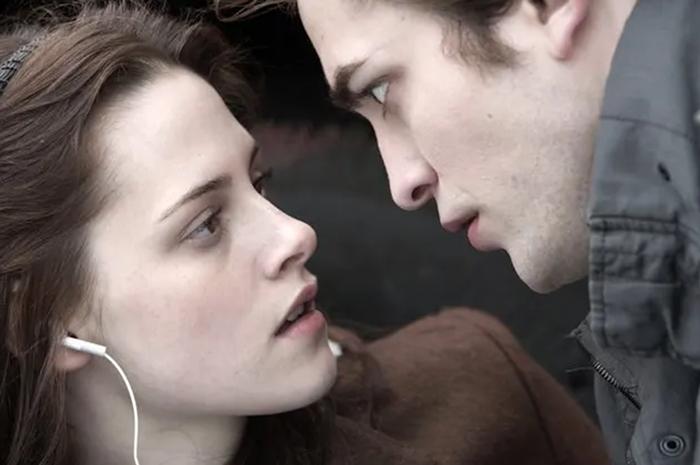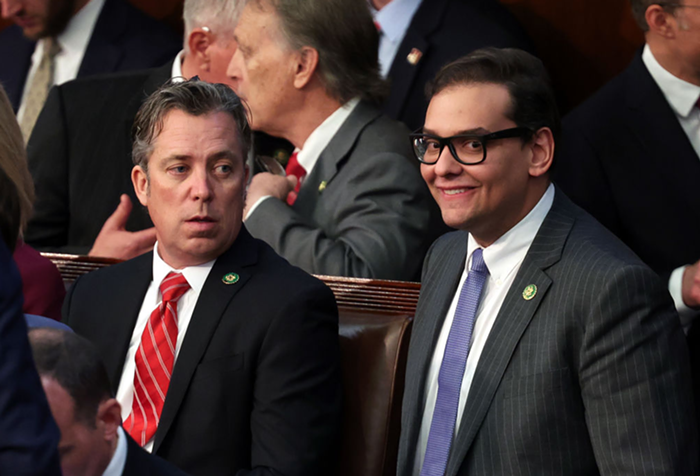Standing in front of Landscape with Cacti, a massive landscape oil painting that muralist Diego Rivera painted in 1931, feels like standing with friends in happy company—if your friends happen to be five-feet-tall cacti on canvas. They meander over a sunny hill, prickly arms open in greeting.
I found refuge in this golden-yellow landscape as a balm against the past two years of pandemic and necessary social distancing. It has not been easy to step back inside a museum. However the Portland Art Museum (PAM)’s new show, Frida Kahlo, Diego Rivera, and Mexican Modernism feels well managed and mercifully spacious.
Due to a system of time slot visitation windows, there’s no crowding. And while we all surely miss museum snacks, that means there’s no reason to drop mask and pretend dining indoors makes sense.
There is both optimism and mystery in the sparingly-told exhibition of Mexican Modernism. The art is lucid, yet stories loom between descriptions. This exhibition is a great jumping off point to the extensive history hinted at on their walls.
Rivera is, of course, the world-renowned muralist husband of the now-even-more-famous painter Frida Kahlo. Within the exhibit we see work from Kahlo's father, Guillermo Kahlo, photographer for deposed Mexican dictator Porforio Diaz. In a series of lithographs by José Clemente Orozco, a contemporary muralist, we also see the Zapatistas, the guerilla army who deposed Diaz during the Mexican Revolution.
The lives of the Mexican Modernists are present in their work: microscopes and carnivals, hypodermic needles and stone temples, atomic bombs, and calla lilies.
Lola Álvarez Bravo’s arms-wide collages depict this specific political fantasy: a modern Mexico, with shopping malls and highways at one end, and at the other, Indigenous ruins—a “new relic of the past.”
Aspects of the exhibition dedicated to its now-deceased collectors—Jacques and Natasha—should not be overlooked. They’re a fascinating pair. An image of Natasha shows her wrapped in luxurious furs, blonde hair tightly curled. Jacques, a wealthy noble who fled the Bolshevik revolution, appears happily smoking a cigar in an oversized portrait by Ángel Zárraga. Disembodied hands fiddle with film equipment behind him. One of his partners, the famous comedian Mario “Cantinflas” Moreno, also appears in the gallery show—lovingly painted by Rufino Tamayo. Pretending to be wounded for the camera, we see Cantinflas smirking in the shadows, the rendered light broken into panes of black and green.
Considering Kahlo’s obsessive self-portraits, this golden age of cinema and its magnification of celebrity is a heavy influence on the whole show.
That said, my favorite Kahlo work in the show is a letter which she did not finish writing. Embracing the free play of her mind, Kahlo made it three lines in before scribbling across her words, then doodling heavy, brooding lines across the whole sheet. The paper makes a forlorn landscape out of the abandoned missive.
Much of the work by these artists is kept semi-permanently in Mexico, so it’s a privilege, especially during a pandemic to have them in Portland—to have this collection at our city museum.
Knowing that any prolonged indoor public space would eventually get under my skin, I snapped photos of the show's placards so I could read them at my leisure. This gave me time to take pleasure in the texture of the paint and the marks of skilled and caring hands. I sympathized with the worries of these artists, who, unlike us, never got to see how their stories ended.
As with many PAM shows, the remote events attached planned around it are thoughtfully curated and worth your time. I’ll personally be checking out Houses of Frida and Diego (April 3, 2 pm), led by Juan Manuel Heredia, who will be presenting a recently discovered “other” home of the couple.
Portland Art Museum, 1219 SW Park, Wed-Sun, through June 5, 10 am-5 pm, $22-$25













